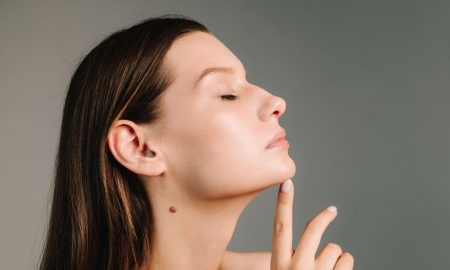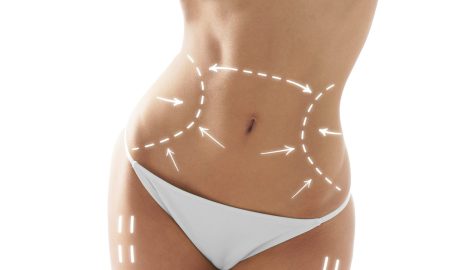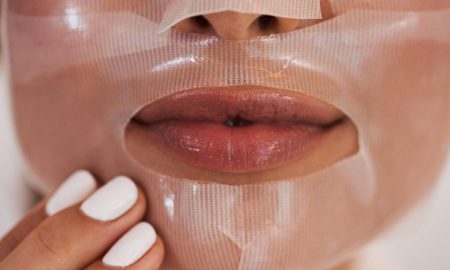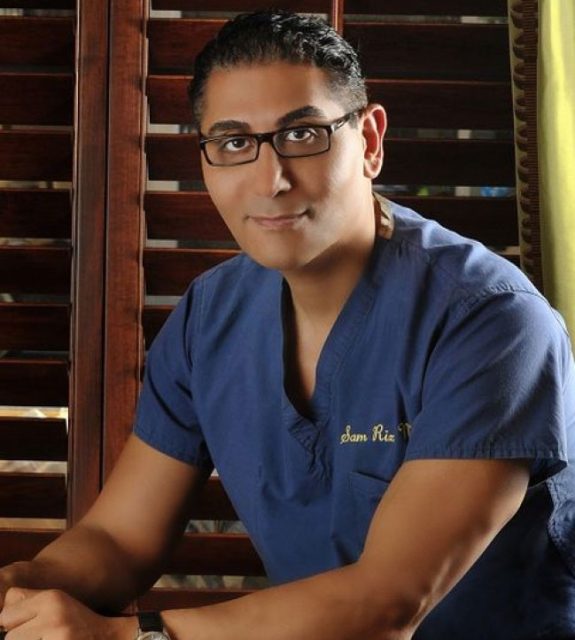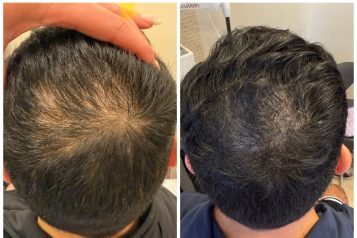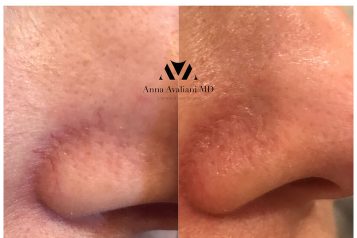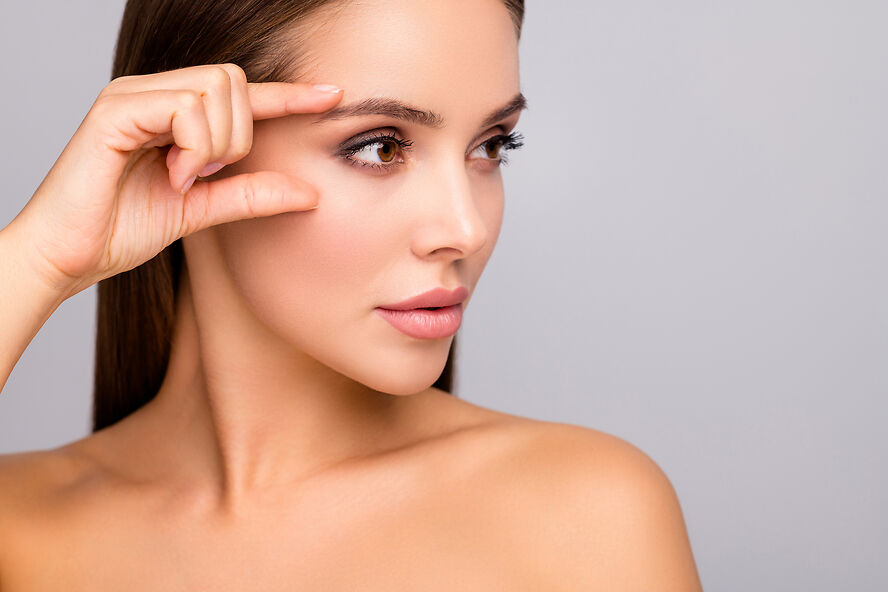 Photo Credit: Courtesy of Shutterstock
Photo Credit: Courtesy of Shutterstock
Iulianna C. Taritsa, BA; Kirsten A. Schuster, MD, JD; Samuel J. Lin, MD, FACS
“Jelly-Roll” Botox, or under-eye Botox, describes the procedure of injecting Botox into a small facial muscle which is part of the eyelid known as the orbicularis oculi. The procedure of injecting Botox into this area has been an established part of plastic surgery practices for years. Originally, it was used to treat patients with overactive, involuntary, under-eye muscle contractions, for a condition known as blepharospasm in the 1980s (Frueh et al). The same technique was described for cosmetic purposes in the early 2000s (Naik et al).
In some individuals, the muscle under the eye may appear more pronounced with smiling which patients can find aesthetically unappealing. After the under-eye Botox procedure, patients can expect to see their eye size stay wider when they smile. This is because Botox will have the effect of loosening the overactive muscle in that area. Relaxing the muscle helps decrease the size of the “jelly roll.” While some practitioners might claim that the technique can help eyes look less tired or puffy, this is not always the case. It should be pointed out that common eye bags are different than jelly rolls. The jelly-roll Botox procedure is not intended for patients who are looking to decrease the appearance of dark circles, fine wrinkles, or puffiness beneath the eyes. There are other procedures that better address decreasing the look of under-eye wrinkles or tired eyes. Consult with your board-certified plastic surgeon to discuss your goals for surgery and if under-eye Botox is right for you.
There are a few instances where patients might receive under-eye Botox and dermal fillers together. For example, if you have more than one issue in the eye or facial area of concern (ex. overactive under-eye muscle and eye bags) then Botox and other injectables could be paired. They are not often combined, but if done together, the facial filler would typically be performed first so that there is no risk of Botox being unintentionally removed. It is important to see your board-certified dermatologist or plastic surgeon for injectable treatment under the eye. There are rare but real complications that may develop from treatment in this area.
Caution is exercised when administering Botox near the under-eye region due to potential complications associated with injections in this area. Complications include asymmetry and lower eyelid drooping. Swelling in the lower eyelid and bruising can occur. Also, some patients are unhappy with the possible artificial appearance of the area between the injected facial muscle and the cheek (Barzallo et al).
The procedure has seen an increase in popularity in certain states, such as California. The reason may be due to Botox becoming less expensive and thus more affordable. Also, trends in preventative beauty have led to many millennials and twenty-year-olds seeing plastic surgeons for procedures like Botox and fillers, where before these options weren’t sought out by younger generations (Rohrich).
References
Barzallo D, DeMeo D, De Souza L, Carroll BT. The Effect of Limited English Proficiency on Melanoma Diagnosis: A Retrospective Cross-Sectional Study. Dermatol Surg. Nov 1 2022;48(11):1255-1256. doi:10.1097/dss.0000000000003599
Frueh BR, Felt DP, Wojno TH, Musch DC. Treatment of blepharospasm with botulinum toxin: A preliminary report. Arch Ophthalmol. 1984;102:1464–8.
Naik MN, Soparkar CN, Murthy R, Honavar SG. Botulinum toxin in ophthalmic plastic surgery. Indian J Ophthalmol. 2005;53:279–88.
Rohrich, R. (2017, November 17). Why are millennials getting Botox and fillers in their twenties?. American Society of Plastic Surgeons. https://www.plasticsurgery.org/news/blog/why-are-millennials-getting-botox-and-fillers-in-their-twenties
For more information, visit Dr. Samuel Lin's social media:








